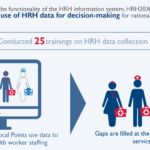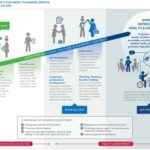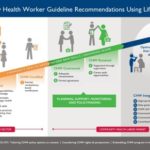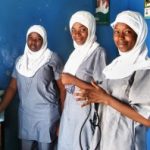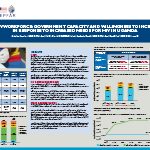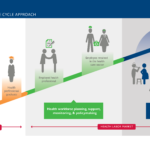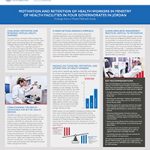27 Jul Infographic: HRH2030 Year 4 Achievements
To highlight our contributions to strengthening health systems, we created an infographic that showcases the impact that some of our activities have in making sure that people can get the care they need, within a reasonable distance, at an affordable cost, and...






